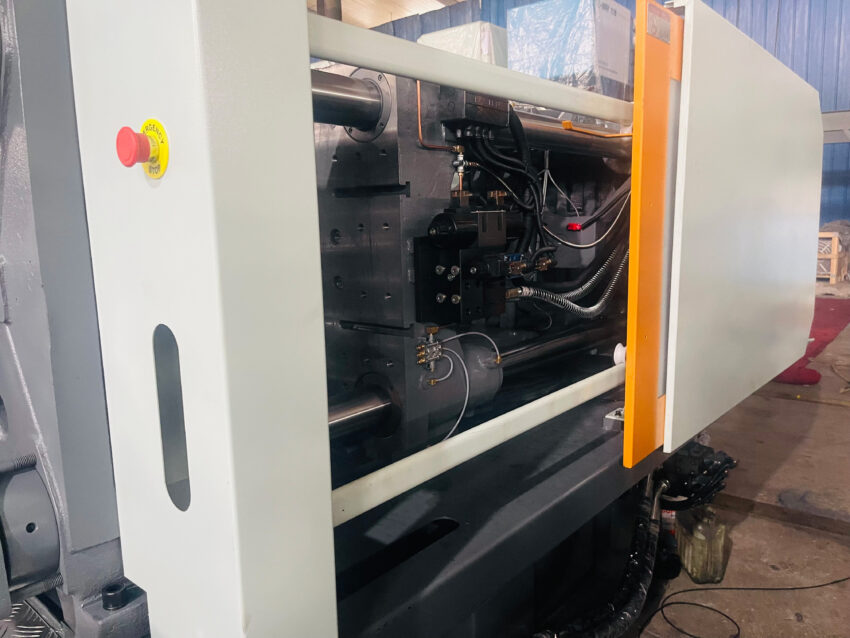Injection Molding Machine Injection Speed Adjustment Guide: Enhancing Product Quality and Production Efficiency

In the plastic processing industry, the injection molding machine is one of the most important pieces of equipment. The injection speed not only affects the molding quality of injection-molded products but also directly impacts production efficiency. Let’s discuss how to precisely adjust the injection speed of an injection molding machine and the positive impact of this adjustment on the production process and product quality.

1、Firstly, it’s important to understand the significance of injection speed.
Injection speed refers to the rate at which the molten plastic is injected from the injection molding machine nozzle into the mold cavity. This speed directly influences the flow behavior, shear rate, and internal stress distribution of the molten plastic. Excessively high injection speeds can lead to issues like jetting, burning, and excessive internal stress in the product, while excessively low injection speeds can result in dimensional instability, poor surface quality, and longer production cycles.
2、Next, let’s analyze in detail how to adjust the injection speed of an injection molding machine
Understanding the control system of the injection molding machine: Modern injection molding machines are typically equipped with computer control systems that allow for setting and adjusting the injection speed. Operators need to be familiar with the machine’s control system, including speed control knobs, buttons, or parameters set on a touchscreen.
Initial setup: Set the initial injection speed based on the characteristics of the product and material. Different plastic materials and product structures may require different injection speeds. For example, thin-walled products may require faster injection speeds to fill the mold cavity, while thick-walled products may require slower speeds to reduce internal stress.
Segmented injection: Most modern injection molding machines support multi-stage injection speed control. Operators can set different injection stages and corresponding speeds based on the molding requirements of the product. For instance, a faster speed can be used initially for filling, followed by a slower speed to eliminate jetting and burning.
Real-time monitoring: During the production process, use sensors and monitoring systems to monitor the injection process in real-time, ensuring stable injection speeds that comply with the predetermined parameters.
Fine-tuning and optimization: After the initial setup, fine-tune and optimize the injection speed through trial production. This may require multiple experiments and adjustments to achieve the optimal molding quality and production efficiency.
Recording and standardization: Once the optimal injection speed is determined, it should be recorded and used as standardized parameters for future production. This helps maintain consistent product quality.
3、In addition to the basic steps mentioned above, there are some advanced techniques and considerations
Material characteristics: Different types and brands of plastic materials may have varying flow properties and molding characteristics, so these factors need to be considered when adjusting the injection speed.
Mold design: The structure and cooling system design of the mold also impact the choice of injection speed. Well-designed molds can reduce issues during the injection process and enhance the adjustability range of the speed.
Environmental factors: Workshop temperature, humidity, and other environmental factors may also affect the flowability of the plastic and the injection speed.
Personnel training: Ensure that operators receive proper training to correctly understand and adjust the injection speed.
4、In summary
adjusting the injection speed of an injection molding machine is a process that requires comprehensive consideration of material properties, product design, mold structure, and production equipment performance. By employing scientific analysis and meticulous adjustments, optimal molding quality and high production efficiency of injection-molded products can be achieved.


